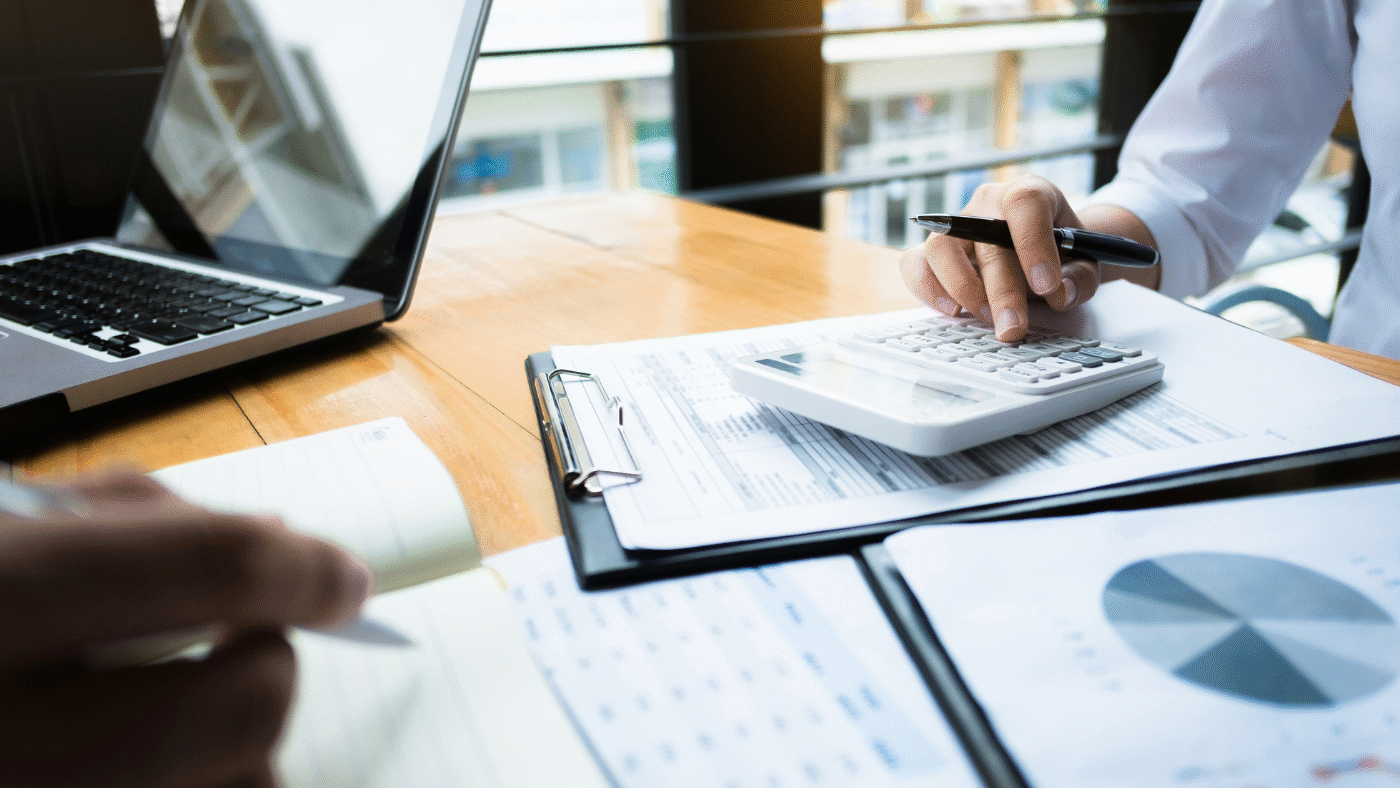Every year, more than one million individuals seek medical attention due to slip, trip and fall incidents, representing approximately 12% of all fall-related injuries within the United States. A significant proportion of these incidents culminate in premises liability claims. For claim adjusters, such investigations extend beyond standard processing – they are intricate cases that can swiftly escalate into more complex matters.
To navigate these claims effectively, a meticulous, step-by-step approach is essential. Any miscalculation during the preliminary phases of a slip-and-fall investigation can jeopardize the entire case.
The most strategic decision an adjuster can make is to involve a slip, trip and fall expert early in the process, before critical evidence is lost and narratives become fuzzy. A qualified forensic expert can transition a “best guess” scenario to an informed theory using science and engineering.
The Advantages of Early Expert Involvement
It is true that an expert is not required for every slip, trip and fall. But often, inconsistencies rise to the surface such as:
- conflicting statements
- an unusual mechanism of injury
- questions of liability.
Calling on an expert is very likely to save time, money and the risk of a drawn-out litigation process.
There are many aspects of these complex situations that warrant the use of an expert, including:
Evidence Doesn’t Wait Around: Hazards associated with slip, trip and fall claims are often short-lived. For instance, a spill might be cleaned, ice may melt, or lighting conditions can change. Early engagement with a forensic expert facilitates the documentation of such conditions through site inspection, measurements or photographs – ideally done before vital evidence disappears.
The Need for Expertise in Regulatory Standards: Experts possess extensive knowledge beyond merely identifying physical hazards. They are well-versed in building codes, ADA compliance, human factors and related industry standards. Their evaluation can discern whether a hazard constituted a regulatory violation or was merely a matter of unforeseen circumstances.
Causation Isn’t Necessarily Obvious: Determining causation is critical. Was the fall attributable to a wet floor, inappropriate footwear, defective stairs or perhaps the claimant’s own error? Experts scrutinize biomechanical factors, environmental conditions and available evidence to assess the likelihood that the alleged hazard caused the accident.
It’s Better to Prepare for the Worst: With a credible and well-articulated expert opinion on board, adjusters can accurately set reserves, sometimes initiate prompt resolutions, or even prepare to invest in the defense of the case. A proactive approach enhances the likelihood of a fair and just outcome, regardless of the trajectory of the claim.
Adjusters and Experts as Partners
Given the complexity of these types of claims, it’s best to build a positive working relationship from the earliest point. Some well-tested tenets include:
Select the Right Expert: Choose an expert with a relevant educational background, such as engineering, architecture, safety or human factors. Look for an expert with proven experience handling similar cases along with expert testimony.
Communicate Expectations: Clearly outline your requirements to the expert, whether it be a causation analysis, site inspection, litigation support or a combination. Setting clear expectations from the outset leads to a more effective investigation.
Share All Information: Furnish the expert with all pertinent documentation. This may include all party statements, photographic evidence, incident reports, maintenance logs and video footage. A thorough understanding of the circumstances ensures a credible and defensible expert opinion.
Stay Engaged in the Process: Regularly check in with the expert, pose questions and maintain availability for communication. The adjuster may also attend the site inspection if warranted.
Leverage the Expert Report: A well-constructed expert report can enhance mediation efforts, influence early settlement negotiations or serve as a formidable asset in court. Utilize it strategically to maximize its impact at the appropriate juncture.
Adjusters Must Remain Proactive
While the expert plays a pivotal role, the adjuster must quickly and responsibly gather as much information as possible. To be proactive, consider the following steps:
- Capture photographs of the scene from various angles, documenting hazards, lighting, signage, footwear and environmental context.
- Request and secure surveillance footage promptly to prevent loss due to deletion or overwriting.
- Interview witnesses while their recollections are still fresh.
- Collect maintenance logs and cleaning records to evaluate the property’s inspection history.
- Document weather conditions for incidents occurring outdoors.
- Research the claimant’s profile and the potential of prior incidents.
Managing the Process from the Get-Go
Slip, trip and fall claims may start with a simple report, but they can quickly spiral into costly litigation if not handled with precision. In today’s fast-paced environment, adjusters are expected to act decisively, document thoroughly and defend their decisions. However, one move that should never be second-guessed is bringing in a forensic expert early.
When you involve an expert, you’re not just gathering facts: you’re building a foundation that can withstand legal pressure, and your claim handling is proactive rather than reactive. So, take that extra step early and let your expert help you walk the line between exposure and resolution with confidence and clarity. Learn more about how forensic experts support complex claims.
For more information on the role of premises liability experts, please contact Chris Casaleggio AIC, AINS Regional Director of Forensics (ccasaleggio@vertexeng.com) of The Vertex Companies, LLC.






